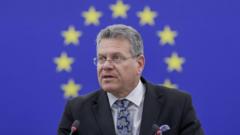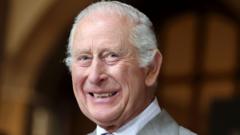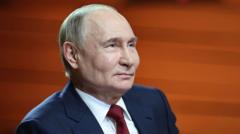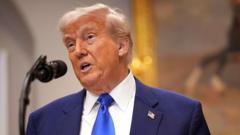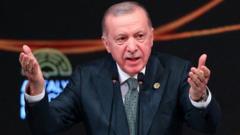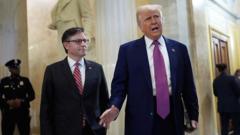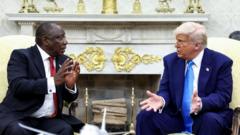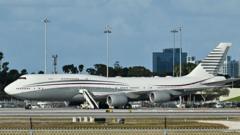NATO members are considering expanding their defense budgets to include unconventional military expenses, responding to President Trump's push for greater financial commitments.
NATO's Strategic Shift: New Spending Plans Emerges Amidst Trump’s Demands

NATO's Strategic Shift: New Spending Plans Emerges Amidst Trump’s Demands
European allies may redefine defense budgets in response to President Trump's call for higher military spending.
In a significant shift, NATO allies are adapting to President Trump's call for increased military spending, re-evaluating what defines defense-related expenses. The plan, discussed among European leaders, suggests a target of 3.5 percent of national GDP for direct military spending, alongside an additional 1.5 percent for innovative defense initiatives by 2032.
These unconventional initiatives might encompass critical infrastructure enhancements, such as rail lines and bridges designed to support military transport, bolstered cybersecurity measures, and advancements in weaponry and communication technologies. This newly proposed financial strategy reflects a growing concern among member states regarding Trump's threats to curtail U.S. support for European defense.
NATO Secretary General Mark Rutte emphasized the necessity of comprehensive defense preparation, pointing out the importance of resilient infrastructure. He remarked on the practical concerns of ensuring European bridges can safely accommodate both civilian and military vehicles, hinting at the evolving demands of modern warfare logistics.
With the backdrop of increasing tensions in Eastern Europe, NATO countries are responding with both urgency and creativity, enabling them to meet Trump's controversial demands while enhancing their individual and collective security postures. In doing so, they not only aim to demonstrate solidarity with the U.S. but also to strengthen their own national defenses against potential threats.

